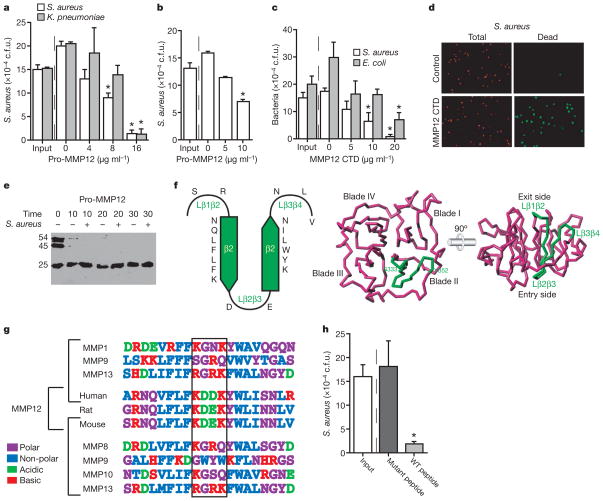Figure 4. MMP12 CTD possesses bactericidal activity.
a–c, Bacteria were incubated with human pro-MMP12 in 5% TSB (a) or RPMI plus 10% FCS (b), or with mouse MMP12 CTD (c) for 60 min at 37 °C. Data are expressed as c.f.u. (from three experiments); *P <0.005. d, Fluorescent propidium iodide exclusion assay after co-incubation of S. aureus and MMP12 CTD or control for 30 min. All bacteria stain positive for Syto 59 (red), but only those with disrupted membranes stain with S-7020 (green). e, Human pro-MMP12 incubated with and without S. aureus to study CTD processing in the presence of bacteria using a CTD antibody. The 54 kDa band represents full-length MMP12, the 45 kDa band represents shedding of pro-domain, and the 25 kDa band represents the CTD. The CTD is not processed to smaller fragments. f, Computational three-dimensional model of mouse MMP12 CTD. The SR-20 sequence is located within CTD blade II including β strands β2 and β3, as well as the connecting and flanking loops (green trace). g, SR-20 shows a high degree of homology among MMP12 orthologues but not among other MMPs. h, Staphylococcus aureus was incubated with either wild-type (WT) MMP12 SR-20 peptide or mutant peptide (Lys-Asp-Glu-Lys replaced by Ser-Gly-Arg-Gln) (both at 20 μg ml−1), in RPMI plus 10% FCS for 60 min. Data are expressed as c.f.u., *P <0.001. All error bars represent s.d.

